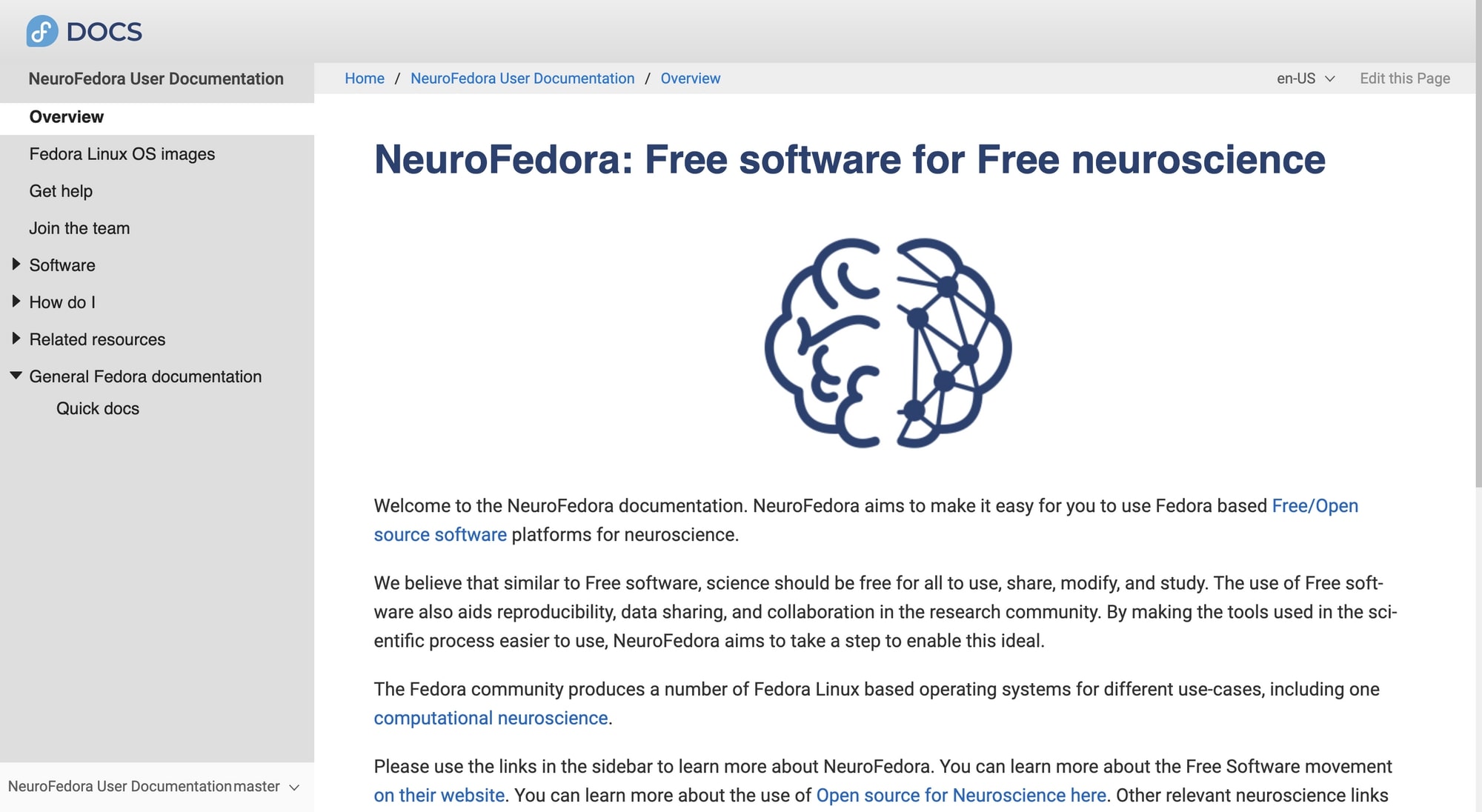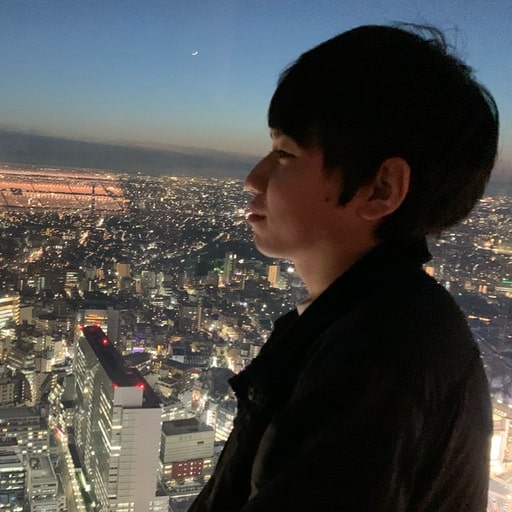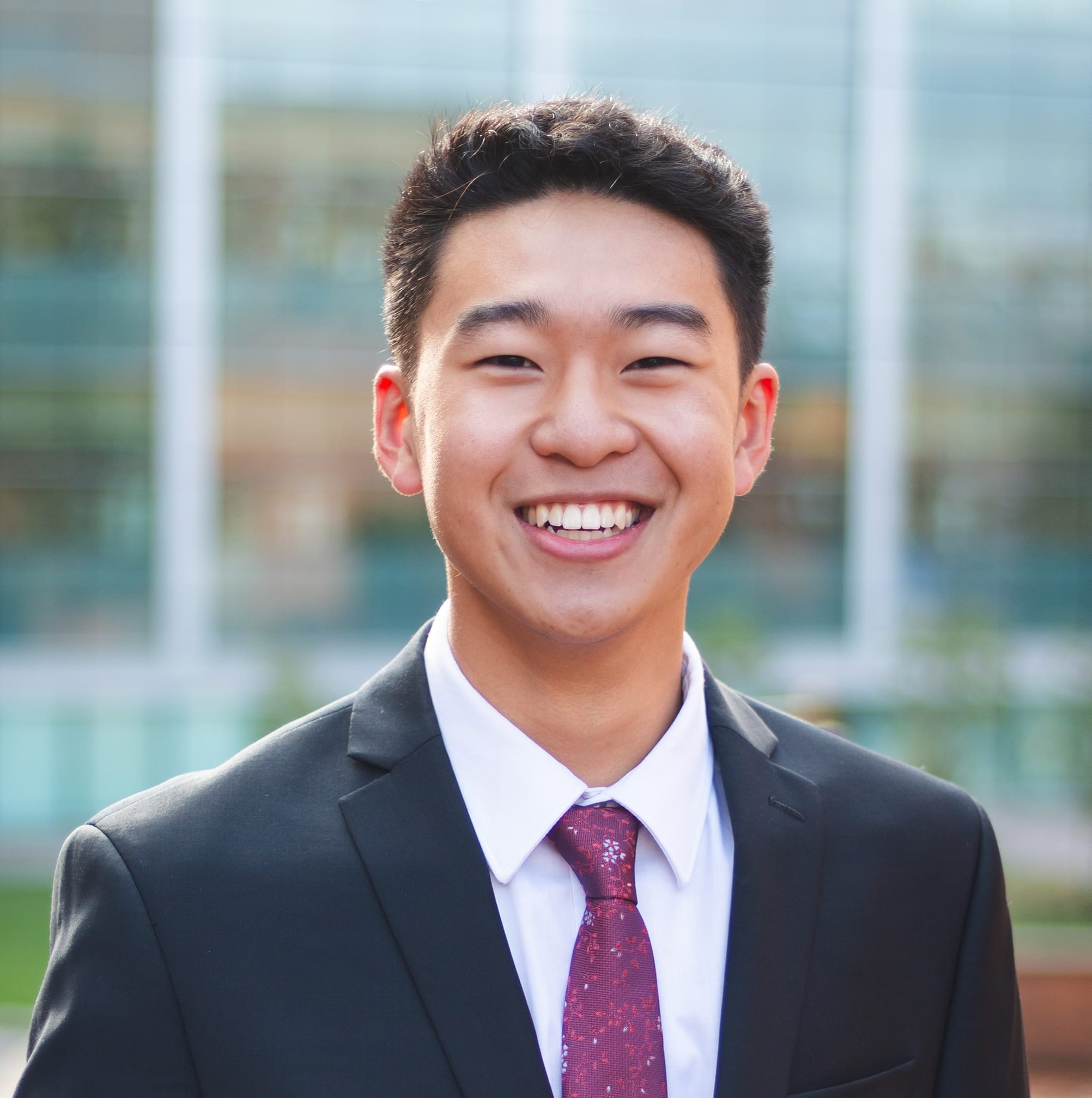
As neurotech garners more attention, several neurotech-related communities have already been established around the world. One of the largest communities is NeurotechX.
Currently, NeurotechX has 30 city chapters worldwide, and more than 6,000 people have joined the Slack.
This time, we had the opportunity to interview Morgan Hough, the chapter lead of NeurotechX San Francisco. We discussed his background in open source software development and his involvement with the neurotech community.
With a passion for software development from an early age, he contributes to the advancement of science
In 1989, Morgan entered St. John's College to study liberal arts. However, a visit to Oxford University sparked his original interest in science, leading him to pursue an education in preparation to become a psychiatrist. After graduating, and with a dream of entering Oxford's medical school, he decided that it would be best to pursue a post-baccalaureate, as it was difficult for foreign students from countries with medical schools to gain admission to Oxford.
Morgan chose to attend Reed College, which provided coursework in biology, chemistry, and other subjects to prepare him to take the MCAT, an exam required to apply to medical schools. There, he was exposed to science and research, studying the neurobiology of crustaceans.
Morgan also had had a keen interest in developing software since his childhood, which did not change while attending St. John's College and Reed College.
I was a self taught programmer as a kid. And at St. John's, I was selling Apple computers to students. I was doing support, system admin and things like that. And at Reed, I was the system administrator for the biology department. I was always very interested in scientific software in particular. I wasn't like the system administrator in the senior sense, but I was taking care of computers and doing frontline support for systems that were being used computationally for population genetics.
After graduating from Reed College, he took the MCAT exam. Although he scored well, he was not accepted by Oxford University. He then decided to look for an internship in his home state of Virginia, and started working at CBRAINS (Center for Brain Research and INformation Sciences) at Radford University under Karl Pribrum, who, at the time, was a professor emeritus at Stanford University. At CBRAINS, he was mainly involved in prototyping and testing a high-density EEG system made by a company called EGI (Electrical Geodesics, Inc). It was a perfect project for Morgan, combining neuroscience and software.
Karl gave me the EGI (Electro Geodesics, Inc) system, which ran on a Mac. That was pretty rare, especially for high-end scientific equipment. And it was super relevant to me because I have been a developer reseller for Mac computers. And this piece of equipment didn't really work. So it needed a lot of testing. You needed to be sure that your computer was doing everything right, and not the hardware. So it was a pretty perfect project. The project was semi successful, and I became the computer lab manager for that lab.
 Image: High-density EEG by EGI
Image: High-density EEG by EGI
After leaving CBRAINS, Morgan was approached by EGI. They knew that Morgan had been testing their product at CBRAINS, and decided to hire him as a software test engineer.
Morgan says that his experience at EGI was invaluable, not only because he got to deal with Mac computers, but also because he was able to interact with people from different cognitive neuroscience labs.
The cool thing was that the company focused on research labs. It was nice to deal with Mac computers, data acquisition boards, microcontrollers and things like that. And then the last bit being you're basically interfacing with a bunch of cognitive neuroscience research labs. It was great because they ended up allowing me to go and do support on sites with research labs. And that was where I really got to see multiple labs and how they worked and what they were doing. It was an incredible experience.
Open Source is the Future. RE: Oxford from NeurIPS
After more than two years at EGI, Morgan left because he thought that MRI would be the future. Since he had always been interested in software, he knew most of the competing software packages for MRI. The most prominent among them were CURRY and FreeSurfer.
In 1996, a lot of people were doing what's called spherical dipole models. They basically fit a sphere to about the size of your head, and then just do dipole models in that sphere. And you'd have these concentric spheres that represented the inner and outer skull. But they were not personalized.
Curry was the state of the art package, at least in 1996. They were taking the MRI and then trying to generate meshes that really incorporated the individual anatomy using boundary element modeling. But they were also doing finite element modeling, which was an additional level of sophistication in your electromagnetic sources. And that stuck with me.
There's another package that was also popular at the time called FreeSurfer. It was developed by Anders Dale in the late 1990s. What he developed for his PhD was this individualized MR modeling for better source localization. Basically he would fit to your actual cortex, not just inner and outer skull. And that had a whole host of additional computer vision, pattern recognition, and mesh correction.
The more he learned about these software packages and the engineers behind them, the more convinced Morgan became that open source was the future.
It gets to this point about being kind of like obsessed about how the software was working and what exactly you were using to do these things, because you wouldn't want to rewrite all this stuff, right? So this is also where I became pretty convinced that open source was the future.
In fact, in 2001, the year he retired from EGI, he started an open source project called Center17. The United States had just experienced the terrorist attacks on 9/11. The project was an experimental physics/biology code/hardware development kit for biophysics-based neuropsychiatric artificial intelligence applications, in anticipation of the growing need for effective treatments for trauma, PTSD, and depression caused by the global war on terror.
After that, Morgan got a job as a lab manager at University of California - San Francisco, where he was involved in MRI and other research. There, he had the opportunity to meet with various researchers and attend a number of conferences. One of the conferences that he attended was an international conference called NeurIPS.
NeurIPS is now one of the most famous conferences in machine learning, but when Morgan attended, it was before Google and other big companies took notice. His primary objective to attend the meeting was to join a workshop about neuroimaging, but there he met Stephen Smith, who was talking about a popular machine learning method called ICA (Independent Component Analysis).
Morgan's questions about Stephen's presentation sparked a conversation that eventually led to an invitation from Stephen to come to Oxford University for a PhD program.
Morgan was able to fulfill his longtime dream of attending graduate school at Oxford University, where he worked on FSL, an open source software package for MRI. After graduating from Oxford, he continued development in open source projects.
One of them was NeuroFedora, the successor to NeuroDebian, a project that provides software packages for neuroscience research. He listed projects that were not yet included in NeuroDebian, and have been trying to generate them.
 Image: NeuroFedora website
Image: NeuroFedora website
Encounter with NeurotechX, a community with San Franciscan spirit
Morgan is now the chapter lead of NeruotechX SF, but NeurotechX itself was originally started by Yannick Roy and others. Morgan first met them when he saw their first showcase at Indiegogo. Interested in NeurotechX, Morgan offered to provide the system he had originally used when he was at EGI. In exchange, they let Morgan use their garage.
I went to their first showcase at Indiegogo. NeurotechX started with lovely San Franciscan spirit of openness and democratization of EEG and things like that. > It was perfect for me in the sense that people are trying to do what I'm interested in.
So I got interested in it and I offered them an old EGI system which has 128 channels and can do source imagining and stuff. And then they let us use their garage. They had some of their own software projects like CloudBrain that you are gonna have to be into the weeds of the software problems of EEG, one of which is incorporating the timing information of the experiments together with the time series data in a very regular way.
Morgan says that his involvement with NeurotechX has been an exciting one.
It was cool to have these software engineers that seemed like kids to me. They were using modern web libraries as opposed to me. They were using RabbitMQ, which is a message broker service and widely used at scale for web development. And the idea of leveraging that to deal with 32 streams of EEG from different people was a very cool idea. I would never have come up with that because I'm not familiar with this kind of web backend programming.
I liked hanging out with these guys and learning about these kinds of different things. This is part of why San Francisco rules the world. All new to me. So I learned a lot from them.
After Morgan joined NeurotechX SF, the number of people gradually increased, and even developers of a BCI device called Notion from a company called Neurosity and graduate students started to visit the garage. At that time, there were also workshops using a commercially available BCI device called OpenBCI.
Currently, due to the pandemic, the events and gatherings are held online, but NeurotechX SF is the only one of the many chapters that holds a regular event called hack night almost every week, where they provide commentary on the week's news related to neurotech and answer questions from the audience.
 Image:Hack Night 11/08/2021 led by NeurotechX SF. The recording is available on Youtube(https://youtu.be/izfW5RmGIzk)
Image:Hack Night 11/08/2021 led by NeurotechX SF. The recording is available on Youtube(https://youtu.be/izfW5RmGIzk)
As with open source, truly valuable content will form a community through network effects
Morgan describes the philosophy of open source as follows.
You solve your own itch. But if you make sure that that itch is, for example, a neurotech problem, then you're solving other people's problems, right? And then that's how your tool becomes indispensable. If you build it, people will come. It was exactly what FSL did. FSL looked at SPM, which is a MATLAB tool, and they said, we want to be the C++ version of that and do it better. And they did that. And people used it. You see this in multiple domains. It's Google, Amazon, Apple and Facebook's approach to a whole bunch of things. It's like how do we become the essential open source tool? It is not because this is a profit center, but because by getting the network effects of all those really smart people, more people will use our actual profit center products.
This philosophy also applies to community building.
Morgan said that if you want to grow a community like NeurotechX in Japan, it is important to invite speakers to events and create tutorials, but just like open source, if you can invite speakers and create tutorials that are really valuable to people, it will create a network effect and people will naturally come together.
The speaker for the events is a draw. But if you get the right speaker, 30 people will show up instead of 15. And hopefully, two or three of those become regulars. That's how you do growth. And then tutorials. You give people the gift. That's how you get started and how you get your first cohort of people who will hopefully show up regularly. And then once those people are showing up regularly, you can do it next time, and it'll be better.
Although there is a channel for Tokyo region on NeurotechX's Slack, no Japanese chapter has been created yet. There may be NeurotechX Tokyo (or any other city in Japan) someday in the future.
In conclusion
A big thanks to Morgan Hough, the chapter lead of NeurotechX San Francisco.
Morgan has been supporting the scientific research community through software development, especially with open source projects. His current goal is to further build the neurotech community through NeurotechX SF.
NeurotechJP would like to contribute to the development of the neurotech community in Japan in any way we can.

